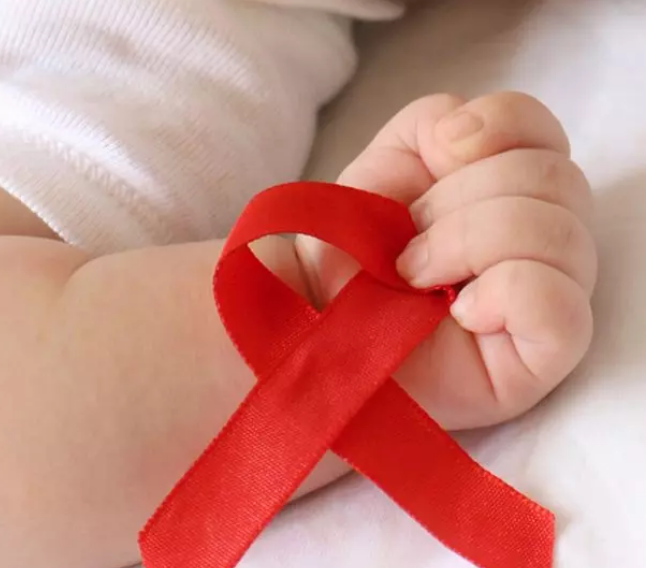HIV In Babies: Causes, Symptoms, Diagnosis And Treatment
Time:2023/03/14Timely testing and treatment can prevent the transmission of HIV from the mother to her baby.
Medically reviewed by Dr. Ashraf Kasem, MS

Human immunodeficiency virus (HIV) gives rise to AIDS (acquired immunodeficiency syndrome). HIV in babies or HIV in newborns is also known as congenital HIV or neonatal HIV. The virus may cause opportunistic infections in babies by attacking and weakening their immune system.
Babies acquire congenital HIV from their mothers during pregnancy, labor, or breastfeeding. The spread of the disease is called vertical transmission or perinatal transmission of the disease. Most HIV infections in babies are caused by vertical transmission.
Signs Of HIV Infection In Babies
Infants infected with HIV most often do not have symptoms for the initial two to three months. Once the symptoms develop, the way they manifest varies from one baby to the other. Early signs of HIV in babies may include the following.
-Lack of energy
-Weight loss and failure to grow
-Frequent and long lasting fevers
-Sweats
-Repeated or persistent yeast infection (candidai) in the mouth
-Inflamed lymph nodes
-Inflamed salivary glands
-Enlarged liver
-Enlarged spleen
-Repeated ear infections
-Repeated sinusitisi
-Repeated upper respiratory tract infections
-Developmental delays
-Diarrhea
-Recurrent herpesi infections
-Recurrent bacterial infections
Diagnosis Of HIV In Babies
Babies born to HIV-infected mothers always have a positive antibody test at birth because the HIV antibody passively transfers across the placenta. Virological testingi is essential to confirm the diagnosis. Viral testing for HIV is done in babies at the following ages.
-14 to 21 days
-One month
-Four months
If two tests come back negative, the infant does not have an HIV infection, and if two tests show positive results, the baby has an HIV infection. Babies who fall under the high-risk category for HIV transmission might be tested before the infant is 48 hours old, followed by testing at the requisite ages.
Prevention And Medications For HIV In Babies
Dr. Anthony Puopolo, California-based chief medical officer at LifeMD and founder of Integrated Medical Wellness Group, says, “Vertical transmission of HIV can be prevented through maternal testing, effective control of the maternal infection, prenatal antiviral therapy as well as treating the mother and infant during labor and the neonatal period, and avoiding breastfeeding.”
Treatment for pregnant women identified as HIV-positive can prevent the transmission of infection to their babies. The treatment plan for HIV-positive pregnant women may consist of the following modalities.
-Antiretroviral therapyi (ART) is the choice of treatment for HIV/AIDS.
-If a woman tests HIV-positive during pregnancy, a three-drug regimen of ART will be given.
-ART drugs are low-risk for the baby in the womb. However, the pregnant woman may have an ultrasound in the second trimester to assess the baby’s development.
-If a woman is diagnosed with HIV infection at a time close to her labor, intravenous ART drugs are administered immediately. This can reduce the risk of transmission by 10%.
A cesarean section may be advised to reduce the risk of transmission from the birth canal (4). The following treatment plan is followed for babies born to HIV-positive babies (1).
-Infants born to HIV-infected mothers are administered ART drugs within six to 12 hours after birth.
-The doctor may prescribe one or more antiretroviral drugs for six weeks after birth.
【Last : How ... 】 【[ Back ]】 【 Next : A ch...】






